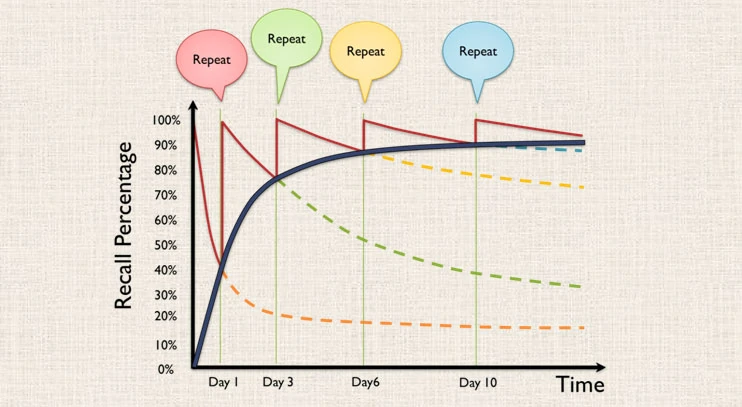
Active vs. Passive Learning: What’s the Difference and Why It Matters
When it comes to learning, not all study methods are created equal. You might spend hours reading your textbook or watching videos but still struggle to retain information. The reason? The difference between active and passive learning. Understanding these two approaches can significantly impact your ability to grasp and apply knowledge effectively.
What is Passive Learning?
Passive learning occurs when students receive information without engaging with it deeply. This traditional learning style often involves:
- Listening to lectures
- Reading textbooks or notes without interaction
- Watching educational videos without taking notes
- Memorizing facts without understanding their application
While passive learning has its place, it tends to be less effective for long-term retention. Students may feel like they are absorbing information, but without engagement, it is easy to forget what they have learned.
What is Active Learning?
Active learning, on the other hand, requires students to interact with the material, think critically, and apply concepts in meaningful ways. Examples of active learning include:
- Teaching someone else what you’ve learned
- Taking detailed notes and summarizing in your own words
- Engaging in discussions and group study sessions
- Practicing problems, quizzes, and flashcards
- Asking questions and making connections to real-life situations
This approach helps strengthen understanding and improves recall, making it more effective for deep learning.
Why Active Learning is More Effective
1. Better Retention
Studies show that students remember significantly more when they actively engage with material. The Feynman Technique, for example, encourages learners to explain concepts simply, reinforcing their own understanding.
2. Critical Thinking & Problem-Solving Skills
Active learning challenges students to analyze, evaluate, and synthesize information rather than just memorizing it. This strengthens problem-solving skills, which are essential in real-world applications.
3. Increased Engagement & Motivation
Passive learning can be monotonous, leading to boredom and lack of motivation. Active learning, on the other hand, makes studying more interactive and enjoyable, increasing motivation to learn.
4. Stronger Connections Between Concepts
When students engage with the material, they are more likely to see patterns, relationships, and real-world applications. This enhances comprehension and long-term mastery of subjects.
How to Transition from Passive to Active Learning
If you find yourself stuck in passive learning habits, here are some simple ways to incorporate active learning into your routine:
- Summarize What You Learn – After reading a chapter, write down key takeaways in your own words.
- Teach Someone Else – Explaining a concept to a friend or even to yourself forces you to simplify and clarify your understanding.
- Ask & Answer Questions – Instead of just reading, pause and ask yourself: “Why is this important?” or “How does this relate to what I already know?”
- Use Flashcards & Practice Problems – Engaging in recall exercises strengthens memory and comprehension.
- Apply Knowledge in Real Life – Try relating concepts to everyday situations to make learning more meaningful.
Both active and passive learning have their place in education, but active learning leads to deeper understanding and better retention. By incorporating active learning techniques into your study routine, you can boost your academic performance and make learning more effective and enjoyable.
Start small—choose one or two active learning strategies today and experience the difference firsthand!
For more help, if you are struggling with schoolwork, Fundamentals First, located in Edmonton, Alberta, is here to help with expert tutors who guide students through their learning and improve grades.




